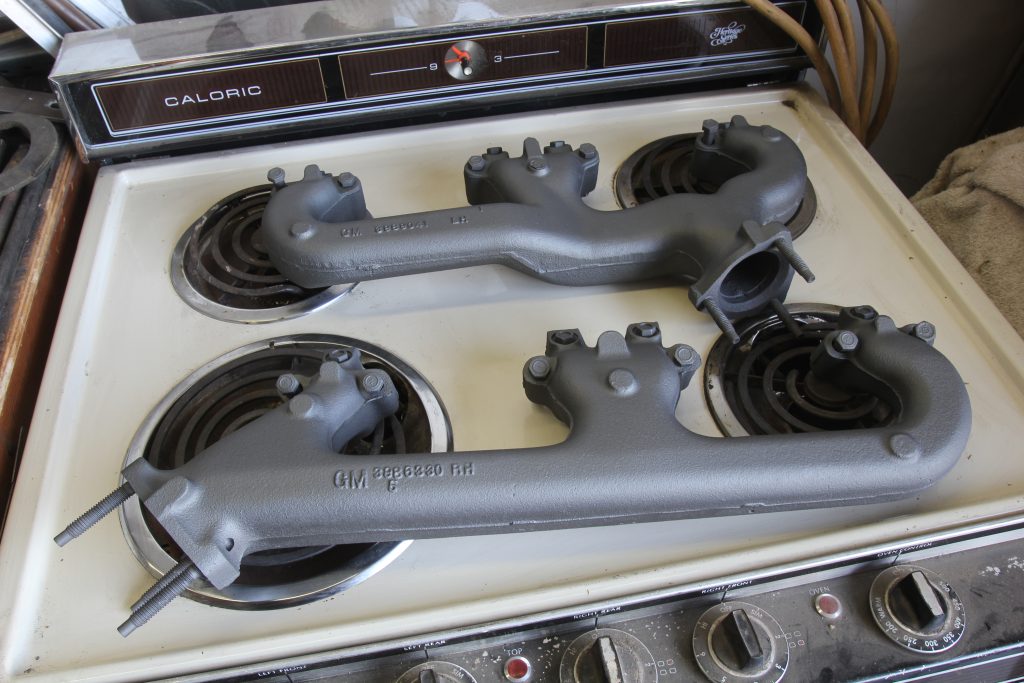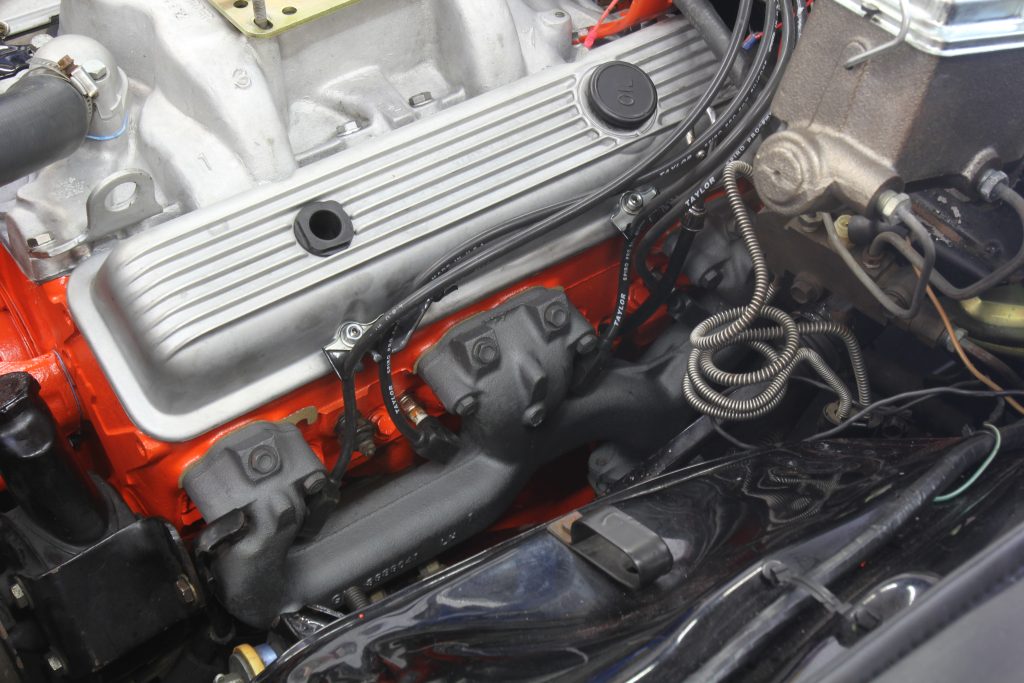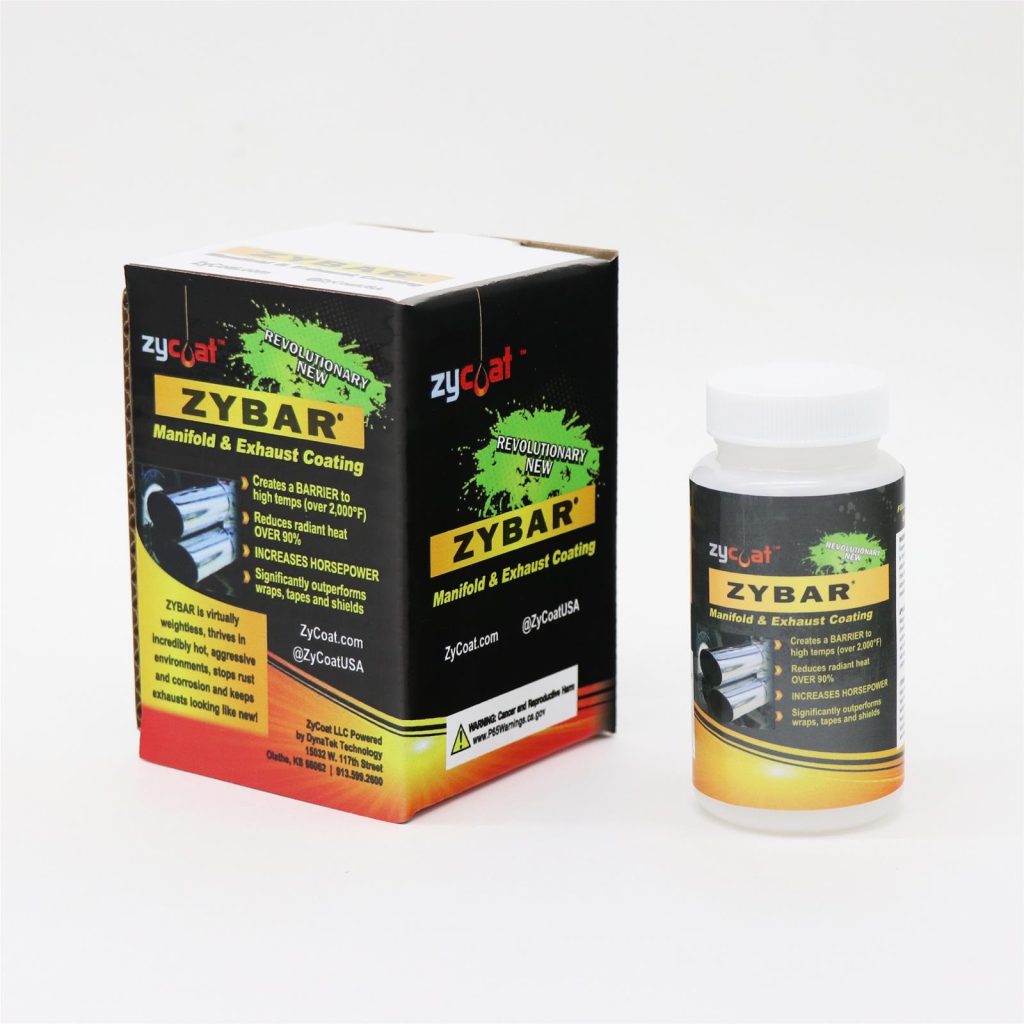I’m restoring my 390 Ford Fairlane and the cast iron exhaust manifolds are just plain rusty ugly. I can blast them back to original but they will just rust again. There must be a dozen different approaches to keeping these manifolds looking good. While a ceramic coating would be great—that’s a little out of my price range. Is there a do-it-yourself approach that will work?
D.E.
Hot rodders have been fighting rust on headers and exhaust manifolds since the beginning of automotive time. This is all in the quest of coming up with a coating that will prevent the manifolds from looking like they just came off the bottom of the ocean after 30 years. There are several approaches to this question but as with most things in life, the more effort you put into this process, the better the result.
Manifold Cleaning & Surface Prep
Essentially much of this comes down to the work you put into the manifolds before the paint is applied. For example, you can merely scrub off the rust and hit the manifold with some high temperature spray paint and that solution might last for a few months—maybe. But if you take the time to blast the manifolds clean of all rust, that’s a big step toward obtaining a better result.
Once the manifolds are sand or bead blasted, it is a great idea to treat the manifolds to a good degrease washing with a heavy duty detergent like Summit Racing’s heavy duty parts degreaser or any of the myriad of other cleaners from companies like POR-15, Rustoleum, and others.
Next, if you really want to prep the surface, it’s not a bad idea to treat the cast iron to a metal etching process that cleans down into the pores and also creates a readily adhered to surface for the paint. Several companies offer this inexpensive metal etching chemical, including Summit Racing. We’ve listed a couple of options in the Parts List. One additional step would be to use a deep cleaner and then heat the manifolds with a propane torch to completely dry the manifolds before applying the paint.
Choosing the Best Exhaust Manifold Paint or Thermal Coating
We have a full paint/coating parts list with links at the bottom of this article.
Once the manifolds are thoroughly cleaned, the next step would be to decide which coating you would like to apply. Here there are a number of options. As mentioned, the least expensive would be a typical high-temp spray paint like several from VHT. These offer decent coverage that will last perhaps a year or so.
Roughly four years ago, I helped a friend restore the engine compartment in his 1971 LT1 Z/28 Camaro. We blasted the exhaust manifolds and painted them with POR-15’s exhaust manifold spray paint. Once painted, we stuck them in my shop oven for two hours. The manifolds are still on the car. He does not drive the car much so the jury is still out on the durability of this but, for years later, the manifolds look decent—although some rust is beginning to bleed through.
I tried this same process on a set of big-block manifolds on a different car that has not run yet and was subjected to storage in a garage for one winter that was not heated. Those manifolds are now showing some signs of corrosion seeping through the coating but that might have been because we didn’t apply sufficient paint to really seal the surface.
We also recently wrote a story on a couple of restored engines from Jeff Lilly Restorations down in Texas. He prefers a paint product called Seymour high temperature cast iron paint. He uses it on all this cast iron manifolds and claims it will withstand exhaust manifold temperatures beyond what you would see on a production street engine. But again, we don’t have any information on how durable this paint may be.
A next step up in durability might be to try the ZyBar line of products which is a thermal coating you can apply at home using either an air brush or traditional paint brush. The material can either be air dried in several days or oven dried in a couple of hours. This is more expensive product than the POR-15 or other products but offers potentially more durability than spray paints.
The most durable coating for a set of manifolds would probably be a custom ceramic coating by any one of several outsourcing companies that do this type of work such as Jet-Hot. This will require removing the manifolds and sending them to Jet Hot so on top of the cost of the coating process there are also shipping charges. It appears that some of the at-home ceramic coatings may well be as good as any outside sourced operation as long as the prep work is as good as you can make it.
Exhaust Manifold Coating Parts List
- Summit Racing Heavy Duty Degreaser – SUM-941246
- Summit Racing Metal Etch – SUM- 942010
- POR-15 Metal Prep – POI-40204
- POR-15 Hi-Temp Exhaust Paint – POI-44318
- Rustoleum Hi-Heat Primer – RLL-249340
- DEI HT Silicone Exhaust Wrap Coating – DEI-010301
- ZyBar Ceramic Thermal Coating – ZYC-11008
- Seymour High Temp Paint – 16-2668




I have been aware of of the benefit of torch drying an item prepped for paint for a few years now. It was just something that occurred to me after I noticed how moisture runs away ahead of the torch flame upon heating any metal. Why would one want to paint over moisture, unless theoretically it might be good with a water based paint? Good question! Ans?